Neck pain, upper trap tightness, and headaches are very common issues in CrossFit athletes. I’ve heard the story far to many times – you’re good heading into the workout of the day, but afterwards, you’re dealing with severe neck stiffness and pain. Why is this? What’s causing this to happen?
The health of our cervical spine (neck) is directly related to how you position your head while you workout, and your form and technique while exercising. Let’s talk briefly on anatomy so you can gain a clear picture on what’s going on. The cervical spine is made up of a series of joints stacked on top of each other. In the ideal world, each of these levels contribute to motion. However because of the prolonged positions we put ourselves through throughout the day (sitting, computer work, driving, reading, texting) we can develop stiffness in certain areas. These stiff areas then cause adjacent segments to compensate and move excessively to pick up the slack. Over time, this compensation leads to irritation of the joints, muscles, and nerves associated with the neck.
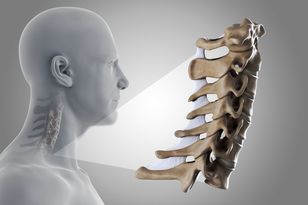
How does this relate to CrossFit?
In CrossFit, we perform a lot more movement in our neck than you would think. Some of the obvious ones include pull ups (getting your chin over the bar), Olympic lifts (eyes straight ahead), wall balls (looking up), and burpees (looking up or to the side). Some less obvious ones include squats, deadlift, jump rope, and shoulder press. If we take the stiffness and imbalances we develop throughout the day, then workout with exercises that involve neck motion, excessive movement will occur the non-stiff segments, potentially leading to some serious stiffness and pain. Let’s dig deeper…
What neck movements should we be mindful of when we workout?
Nearly all neck injuries that I see in CrossFit are related to cervical extension or excessive forward head posture. When we jut our head forward to much, we get excessive shear forces and irritation of the joints and ligaments in the neck resulting in tense and hypertonic muscles and potentially an irritated nerve. Here are some examples of what i’m talking about.
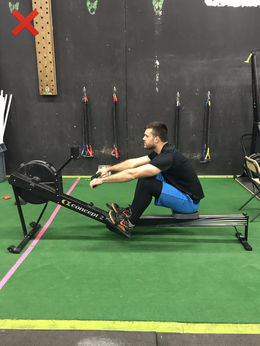
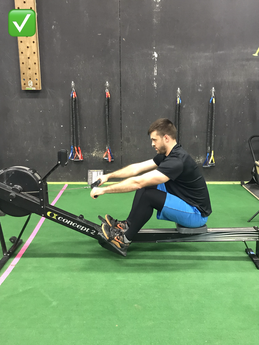
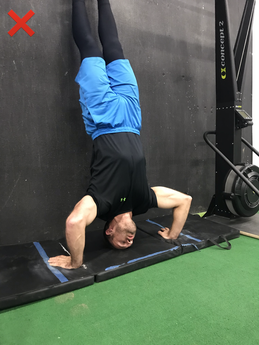
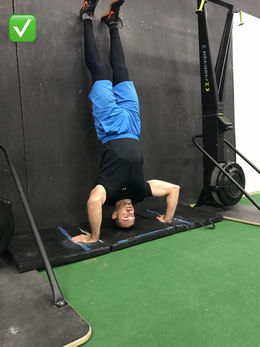
What about Olympic Lifts?
There are certain instances where a quick “pez dispenser-like” cervical extension movement is an important part of a lift like the Jerk. This is fine for most, however if you’re dealing with neck irritation, it might be smart to hold off for a bit to allow things to settle down. What about the “head through” cue?
The “head through the hole” coaching cue is a great cue to help complete overhead lifts, however it can also backfire and contribute to neck pain. It’s not the coaches fault though. This cue can lead to neck pain when there are mobility issues elsewhere… whether within the neck itself as I mentioned earlier, or in the shoulders or thoracic spine (mid back). If you lack mobility in either of the aforementioned areas, your head will need to work extra hard to get through “the hole.”
What can I do if I have neck pain?
Of course, i’m going to be bias and recommend you see a performance physical therapist who specializes in CrossFit athletes. However, you can start here:
1. Work on keeping your neck more neutral with ALL CrossFit movements
2. Improve your shoulder and thoracic spine mobility
3. Improve deep neck flexor strength
We, as sports physical therapists in Charlotte, have even more tools in our toolbox to help you improve the health of your neck, so let us know what you need help with! Try to avoid quick fixes like manipulations or just rolling it out. We help you figure out what the root cause is on WHY you are experiencing neck pain.
Thanks for reading,
Dr. Andrew

